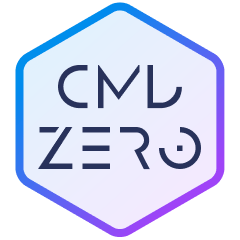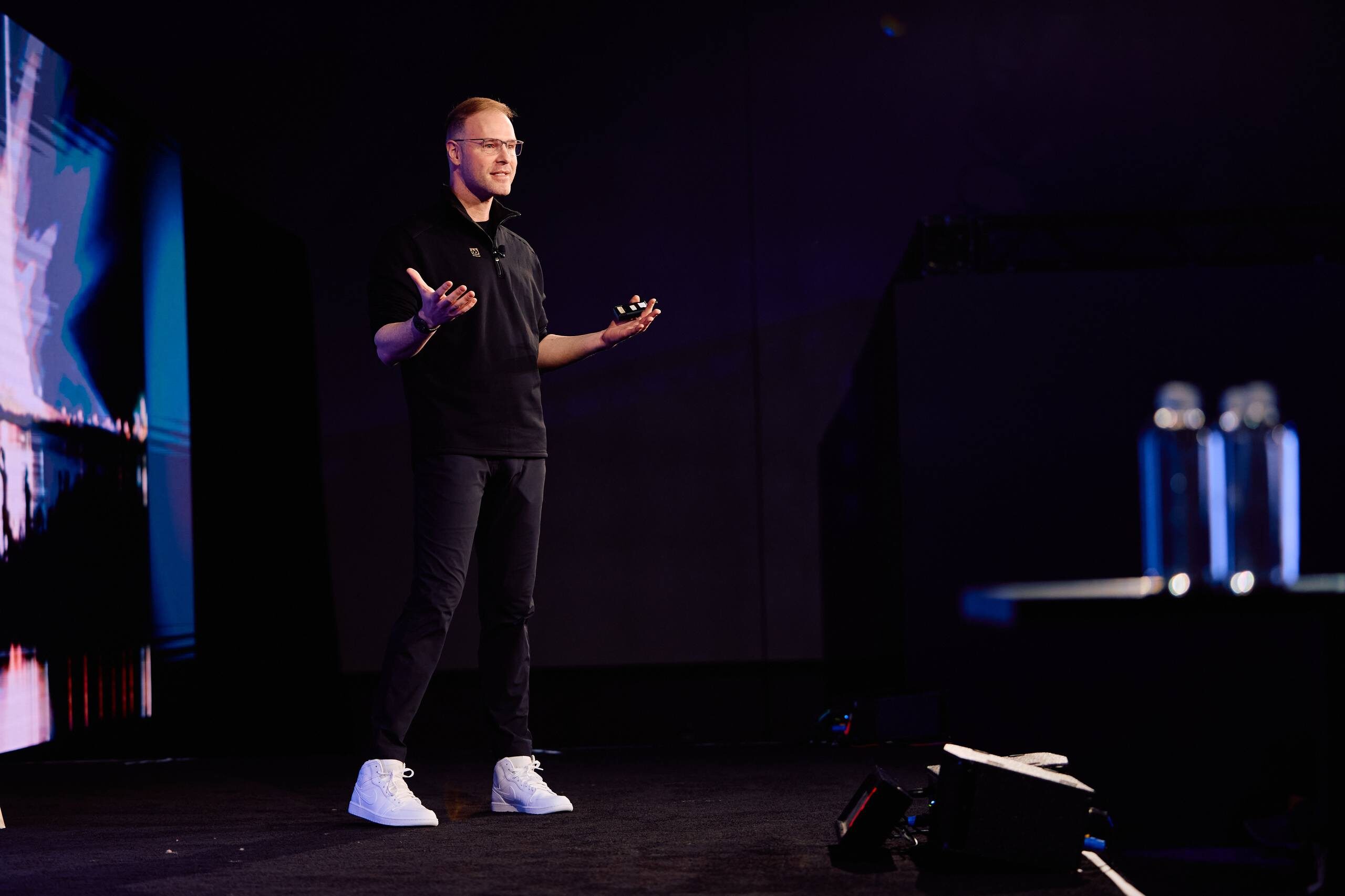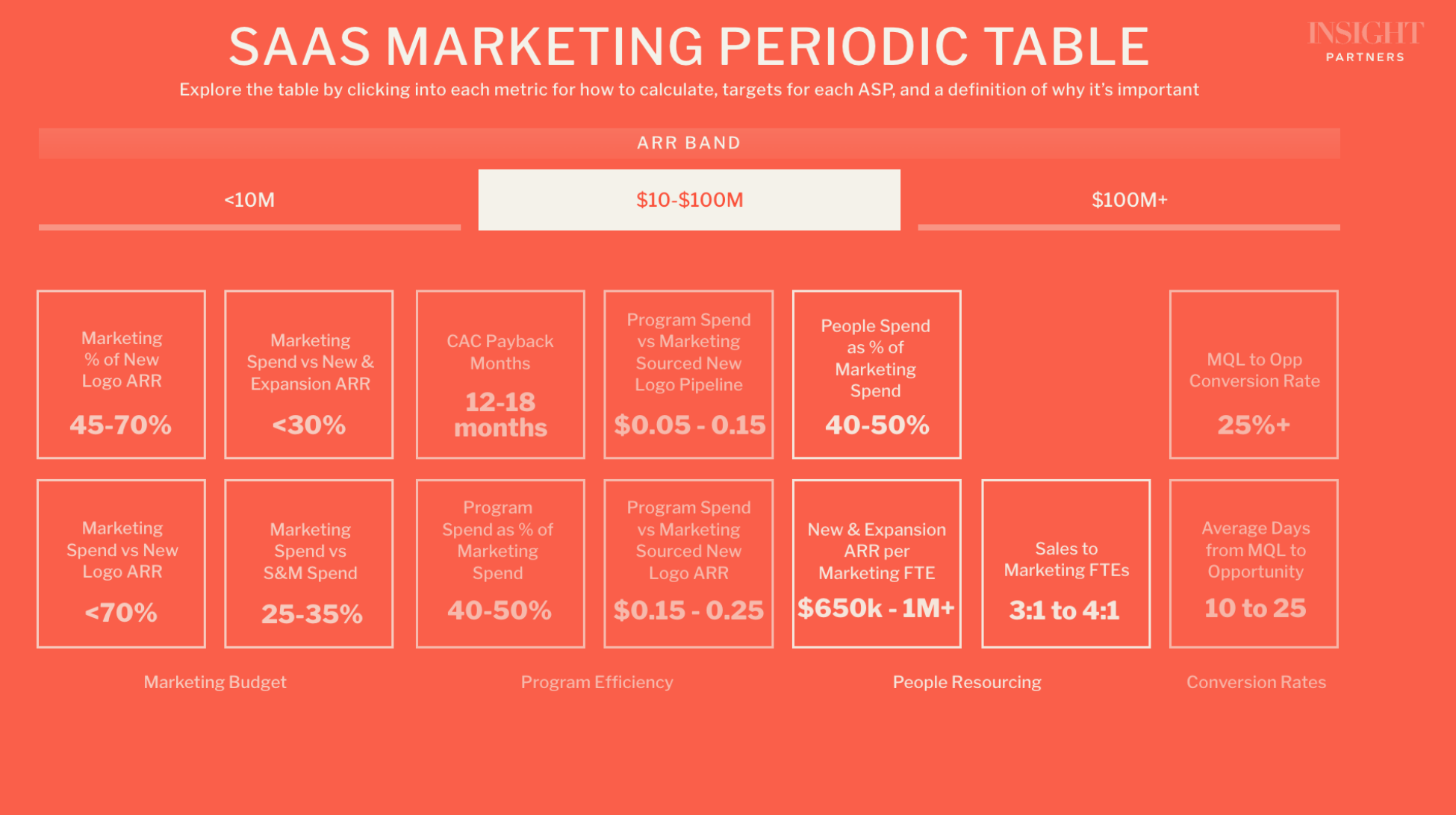
The future of recruiting: Insights from Tony Buffum on the next hiring frontier

The talent market has been in flux over the past several years. From COVID-19 to the great resignation to quiet quitting, talent acquisition leaders have been forced to reckon with a dynamic and ever-evolving hiring landscape. Insight Partners recently sat down with Tony Buffum of Upwork, who has over two decades of experience leading global HR teams. We ask him to discuss the latest trends he’s seeing within talent acquisition and what it means for hiring leaders and candidates alike.
What are the biggest shifts you’re seeing currently in the hiring landscape?
We’re in the middle of an unprecedented market for talent in the US. Unemployment remains low, resignations remain relatively high, job openings continue to outpace the number of unemployed workers, and overall labor force participation is continuing to fall (as it has for the last 20 years). This participation decline can be attributed to generational demographics like retirement for older workers and a higher pursuit of entrepreneurship for younger workers. Additionally, across generations, there has been a steady upward trend in independent work over the last 20 years.
A report by McKinsey & Company indicates that over one-third of the US workforce is already made up of independent workers, with nearly three-quarters of them doing independent work exclusively. Similarly, Upwork’s Freelance Forward report finds a staggering 39% of the US workforce, or 60 million Americans, performed freelance work in the past year. The same report finds that freelancing remains a significant part of the US labor market and economy, with freelancers contributing $1.35 trillion to the US economy in annual earnings in 2022 (up $50 billion from 2021). Given the high participation rate in independent work and freelancing (50% among Gen Z, 44% among millennials), the hiring landscape looks much different from what it did even just a couple of years ago, and these trends will continue.
What do these shifts mean for talent acquisition leaders and founders? How does this impact how they attract, source, and hire top talent?
To stay competitive and attract the best talent, organizations must adopt a “talent access” mindset that goes beyond traditional methods of hiring. Today’s workforce requires speed, ingenuity, and adaptability, and relying solely on traditional “talent acquisition” approaches may be slow and costly because it focuses primarily on filling roles with full-time employees. A “talent access” approach, however, recognizes that independent talent like freelancers can play a critical role in meeting business needs. This is especially true when competition for talent is fierce, and projects require a rapid turnaround.
Modern leaders have an opportunity to embrace these changes and build holistic and dynamic solutions to meet business needs, leveraging all of the talent and capabilities available, not just full-time headcount. They can lead this change by challenging conventional wisdom about talent acquisition, meet the labor market where they are, and develop a complete workforce strategy focused on needs and skills instead of just “butts in seats.”
What do these shifts indicate for job seekers? How does it impact how they approach their job search?
The growing trend of independent work shows that skilled professionals recognize the benefits offered from a work and life standpoint. They are part of this massive ‘aha’ moment, causing people to scrutinize the confines of a traditional 9-to-5. And for those seeking something outside of that, freelancing offers flexibility and control that a traditional job cannot provide.
Control has been a central theme behind people freelancing, and that is something that people want now more than ever in their next job opportunity. When looking at the top reasons for freelancing, people select options like, ‘To be able to pursue work I am passionate about or find meaningful,’ ‘To take more control over my personal development and career path,’ and ‘To have flexibility in my schedule (i.e., what days or times I work).’ These professionals want to control the work they do, who they do it for, and when they do it.
The news continues to report a big push for in-office work. What workplace model trends (i.e., hybrid, remote, in-office) do you anticipate over the next year, particularly for early to mid-stage software companies?
Remote work, once considered a temporary solution, has now been normalized and expected, leading to a fundamental shift in how work is conducted and managed. While employers like Amazon may be pushing unwilling employees back to office, many others, like Airbnb, Yelp, and Autodesk are leaning into remote work, making permanent changes to the way they’re attracting and retaining talent.
For early and mid-stage software companies, remote work will likely remain popular due to the ability to access global talent, reduce costs and foster scalability. By embracing remote work, these companies can tap into a diverse pool of skilled software developers from anywhere in the world, save on expenses associated with physical office spaces and easily scale their workforce as they grow. Additionally, remote work provides much of the flexibility and control that many of today’s professionals are looking for.
How do you anticipate AI will impact the job landscape?
A recent McKinsey report highlights that generative AI (gen AI) will have a significant effect on 80% of jobs. And in the latest Upwork study on gen AI, business leaders, especially in the C-suite (64%), will hire more professionals of all types due to gen AI. As we’ve seen with any emerging technology, the job landscape will open new opportunities while requiring workers to adapt and acquire new skills. Jobs that require creativity, critical thinking, problem-solving, and emotional intelligence are expected to be more in demand, as these skills are harder to automate through AI.
It’s important to note that the impact of AI on the job landscape will vary across industries, job roles, and regions. However, it will be a force multiplier for both talent and businesses. Leaders are finding that gen AI increasingly provides opportunities to innovate and accelerate productivity and business outcomes. It’s important now more than ever for leaders to foster a culture of empathy, curiosity, and learning, encourage teams to embrace AI technologies and invest in a modern workforce that keeps pace with such rapid technological developments.
Tony Buffum is an accomplished HR professional with more than two decades of experience leading global HR teams as well as driving transformational change in company culture, organizational design, performance management, and employee integration and engagement. He joined Upwork following a series of leadership positions, including Chief Human Resources Officer (CHRO) at FLIR Systems, VP of Global Human Resources at STANLEY Security, VP of Human Resources at Stanley Black & Decker, and others.








